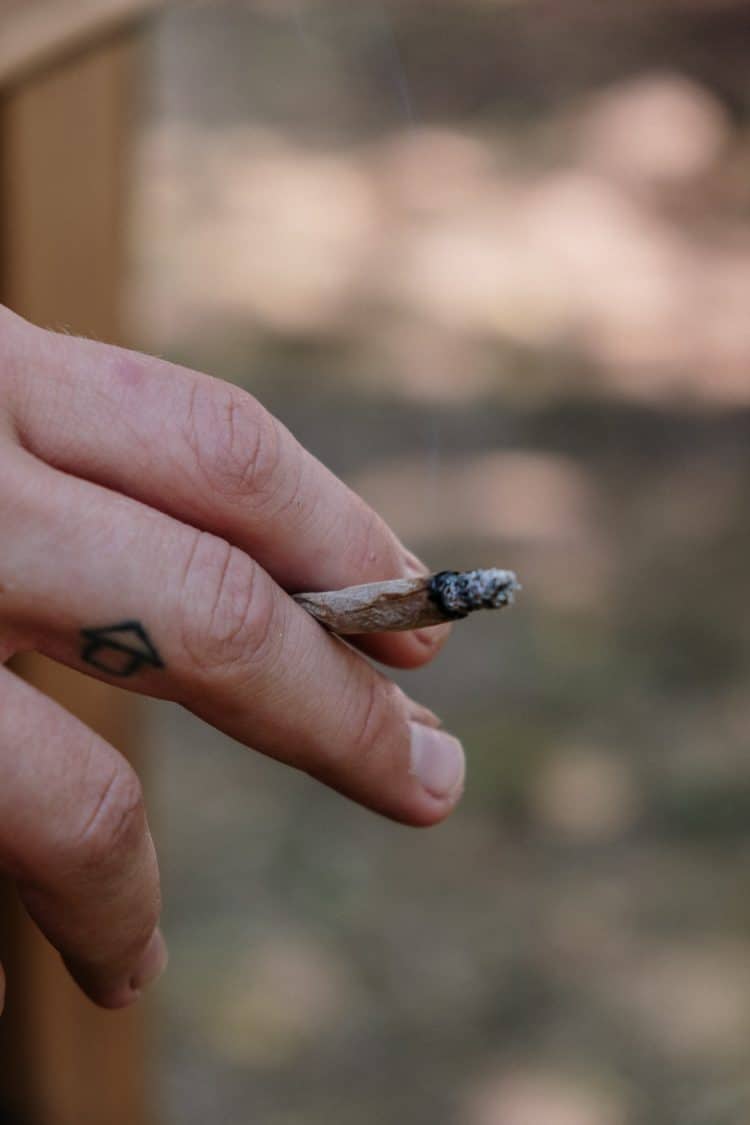Cannabis usage rates are important to know. As cannabis products settle into mainstream life, businesses, researchers, policy makers, and medical professionals need to understand the consumption rates and habits of the population at large. Some information is already available regarding cannabis, gender, race, and culture. However, data regarding cannabis product usage and age are lacking.
For this reason, researchers from the University of New York-Albany, did a study that looked at cannabis usage across various age groups. While they found some differences between age groups and their respective cannabis practices, these differences were not vast.
The researchers asked participants (1,406 individuals, ~70% female) what method of cannabis ingestion they typically use. The different methods included concentrates, loose flower, pre-rolled joints/blunts, edibles, vape pens, dry vaporizers, ingestible oils, tinctures, and topicals. They found that regardless of age, the most popular forms of cannabis were loose flower (~63%), edibles (~56%), and pre-rolls (~42%). The lowest categories of use were ingestible oils, topicals, and tinctures. They found that cannabis use, in general, decreased as age increased. [1]
Younger cannabis users, according to the study, tended to consume more concentrates than older users. For users between the ages of 21 and 24, the rate of concentrate consumption is 17 times higher than those 65 years or older. [1] Cannabis concentrates include hash, butane (honey) oil hash, rosin, shatter, and other specialized products and, according to the study, are less attractive to older cannabis users (65+), who prefer loose flower (~48%) and edibles (~41%). Perhaps, suggest the authors of the study, the older one gets, the less novel forms of cannabis they want, a phenomenon already observed in the food arena. Researchers also found that younger users were more likely to consume practically every type of cannabis more than their older counterparts (except for the lowest categories, namely ingestible oils and topicals, which remained consistent). [1]
These differences give professionals a third eye into consumers’ habits and allow for better-targeted marketing, medical treatment, and policy efforts.
References:
1- Ueno L, et al. Age-related differences in cannabis product use. Psychoactive Drugs. 2021;1-7. [Impact Factor: 4.444; Times Cited: n/a]












